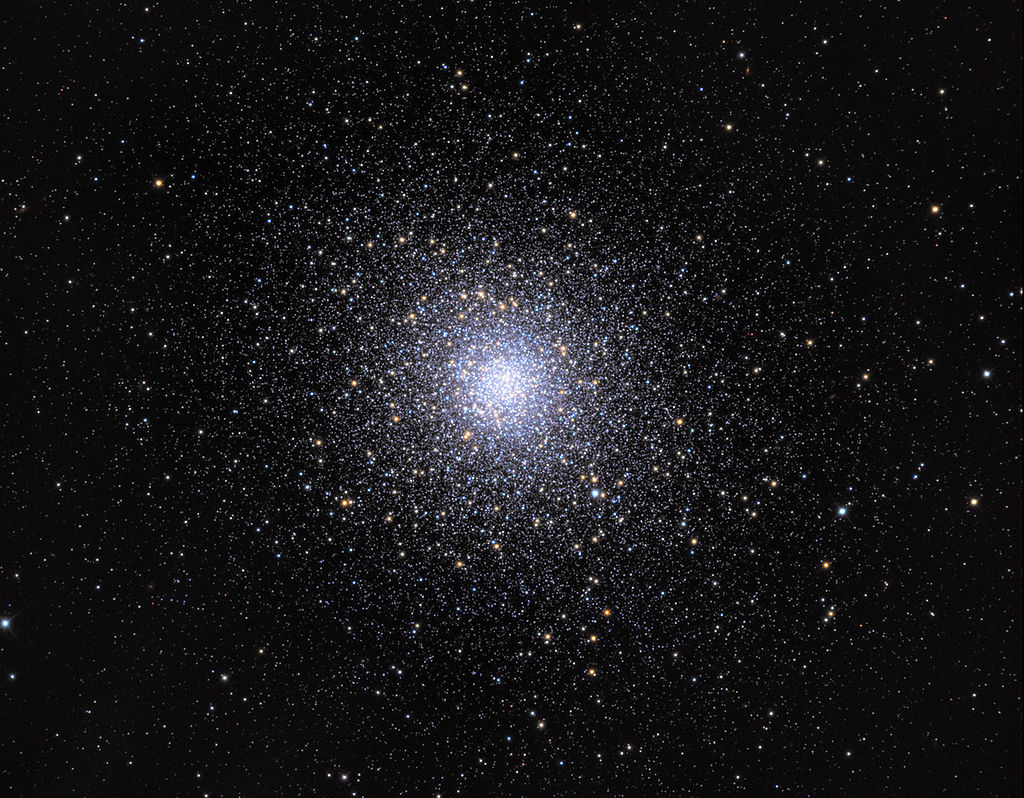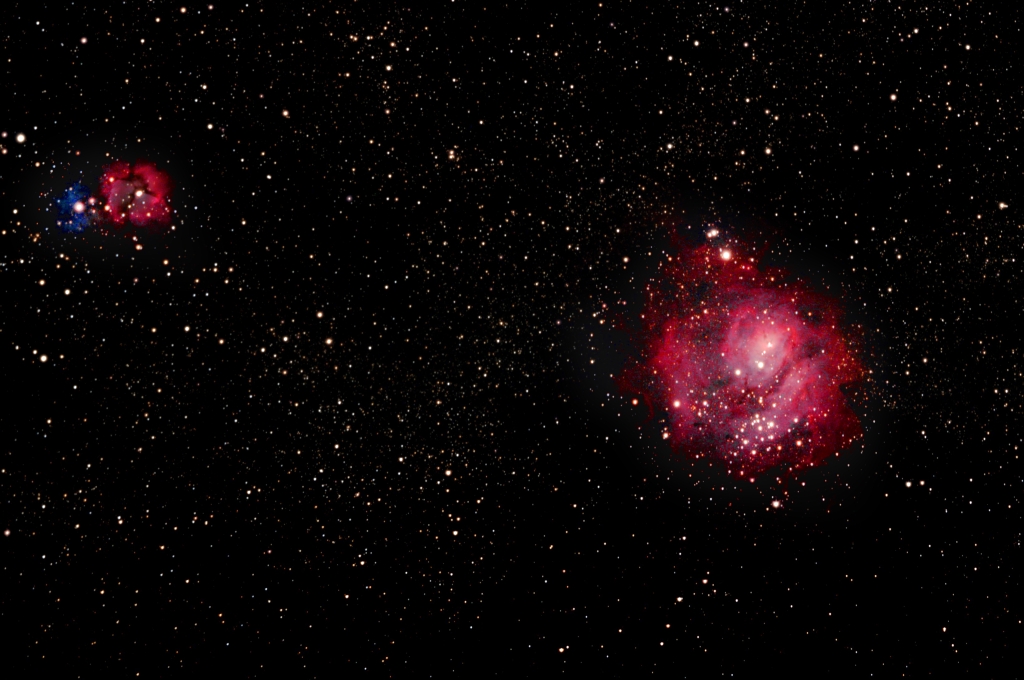From double full super moons to ringed giants at opposition, August was full of local events in our Solar System, whereas September takes us back to some amazing deep sky objects. Many of the best clusters and nebulae lie along the galactic plane, easily identifiable in the sky as the Milky Way. While one can technically define the Milky Way as everything around us, the vast swath painted across the night sky represents the edge-on view of much of our galaxy, given Earth’s position somewhat centrally located on what we call the Orion Arm of our barred spiral galaxy. Being in the middle of all the action, looking toward this denser region of stars offers the casual viewer opportunities to pick out many more “faint fuzzies”.

The constellation Sagittarius borders the Western edge of the Milky Way, pointing his bow and arrow into this hotbed of stellar activity. Hundreds of stars inhabit this constellation, with 17 making up the primary outline of the centaur archer. More easily identifiable are the 8 primary stars that make up the “Teapot” asterism, which defines the torso and bow of the Archer. Within or abutting the Teapot are five Globular clusters, catalogued by Charles Messier as M22, M28, M54, M69 and M70. The clusters of stars are only a few light years across yet are packed with thousands or even millions of stars orbiting the galactic center together. To the naked eye, these may seem like a single star, then binoculars will show the observer a fuzzy cotton-ball like image, and larger telescopes will begin to resolve many of the individual members of these heavenly neighborhoods. Use your binoculars or a wide-angle eyepiece on your telescope to scan the Teapot and see how many star clusters you can find.

The stellar life cycle may begin or end with a large cloud of gas and dust, either coalescing over millions of years into stars and planets, or inversely created when a star runs out of fuel and collapses in on itself, exploding in one of the universe’s greatest displays of light and energy. These clouds are known as nebulae, Latin for “mist” or “fog”. As you peruse the Teapot and Milky Way, areas of light and dark gas will highlight against the dark backdrop of space. The Lagoon Nebula is visible to the naked eye in the darkest skies and is a perfect starting point for the amateur astronomer. As an emission nebula, it has a pinkish hue created by the ionized particles coming off nearby stars. Separately, the Trifid Nebula is a combination emission and reflection nebula, appearing both pink and blue as you scan the region. Also containing an open star cluster, the Trifid Nebula is a late summer favorite among many astronomers.

So, remember to look to the South, for the teapot pouring out the milk, and you will be locked on to some of the greatest views in the Northern Hemisphere summer.
